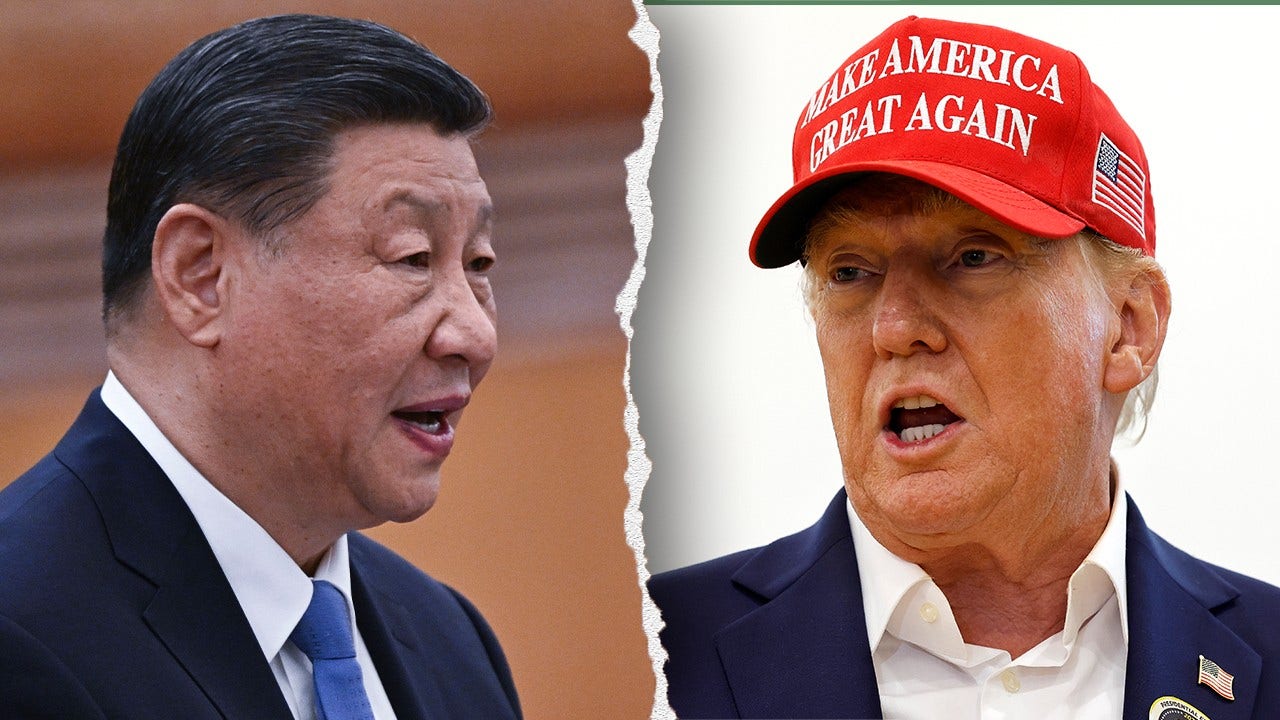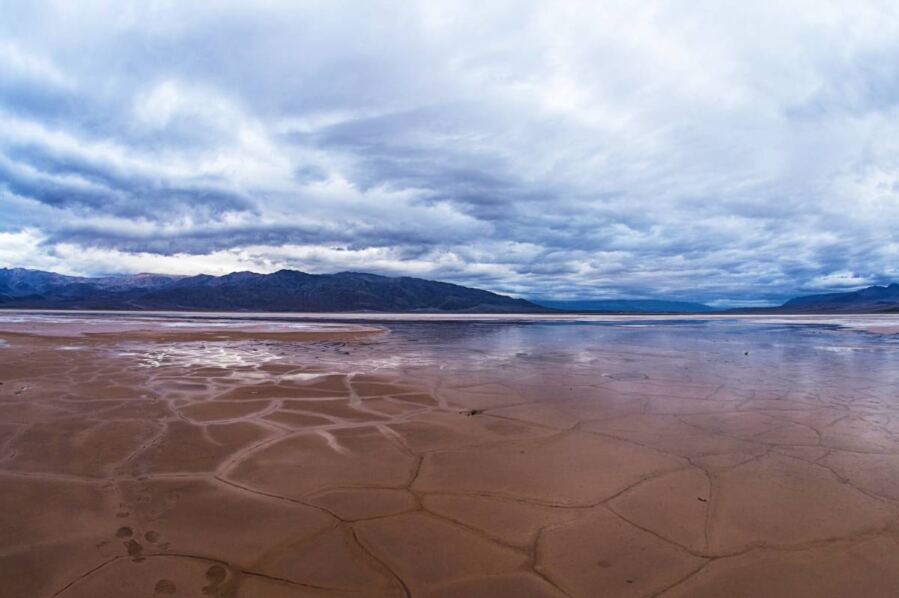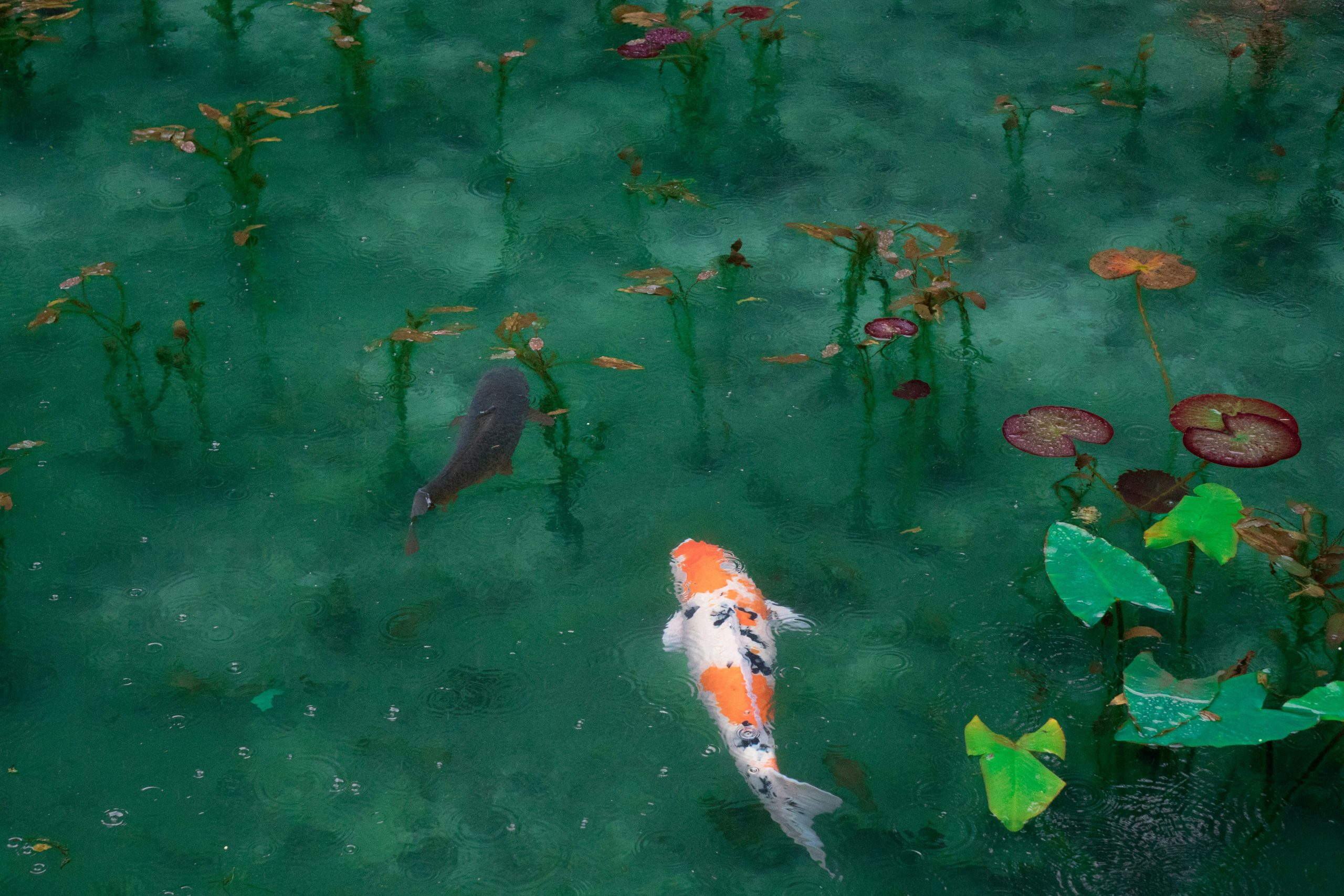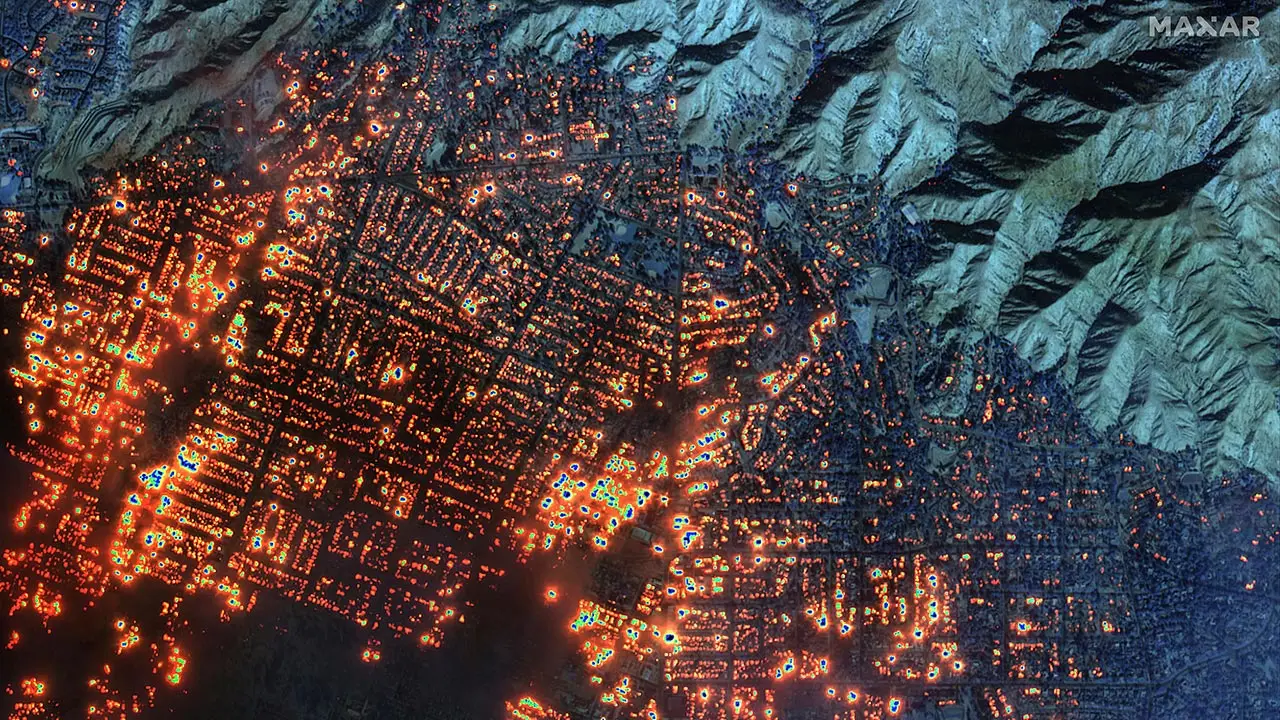
A dark earth deposit at the Xingu archaeological site in the south-western Amazon
Associação Indigena Kuikuro do Alto Xingu (AIKAX)
Indigenous farmers in the Amazon cultivate nutrient-rich, carbon-storing soil to grow crops – and archaeological evidence of this “dark earth” suggests they have been doing so for centuries. Studying the technique could help with wider efforts to store carbon in soil in an effort to slow climate change.
Despite the Amazon’s verdant reputation, soil in the hot, wet region isn’t very fertile. How large settlements of people were able to grow sufficient food in such soil has long perplexed researchers. “Where were they getting their food?” says Samuel Goldberg at the University of Miami. “That’s where dark earth comes in.”
Dark earth is soil packed with organic material found near or around human settlements, particularly in piles of waste. Artefacts such as broken ceramics are often found in the soil, along with high concentration of nutrients that turn the earth darker than surrounding natural soils.
Such soil has been found at many archaeological sites in the Amazon and seems to have been used for farming, but it wasn’t clear whether dark earth was actively cultivated or merely a byproduct of human activity.
To investigate, Goldberg and his colleagues compared soil from a modern village with that of several historic and ancient settlements in the Xingu river basin in the south-western Amazon. They also studied how Indigenous farmers use the soil today at a village in the Kuikuro Indigenous Territory, where cultural continuity with ancient societies in the region has been established by the archaeological record.
In the modern Kuikuro village, they found farmers actively spread charcoal, ash and organic waste such as fish and scraps of manioc, also called cassava or yuca, to make dark earth, known there as “eegepe”. The chemical composition and spatial patterns of dark earth were also similar in both modern and ancient settlements, supporting the idea that past societies actively made the soil.
“The chemistry is like fertile soil for plants, just exaggerated,” says Morgan Schmidt at the Federal University of Santa Catarina in Brazil.
The enriched soils also contained substantially more carbon than typical soils in the Amazon, comparable to the amount of carbon stored in the rainforest growing above the soil. This suggests that dark earth in the Amazon may amount to a large and as yet uncounted store of carbon.
Though stored for centuries, the soil carbon could be released due to warming temperatures or unsustainable agriculture, says Goldberg. He says the centuries of soil management also suggest the importance of efforts to store more carbon in soil today. “We can see that it works,” he says.
Topics:


























































